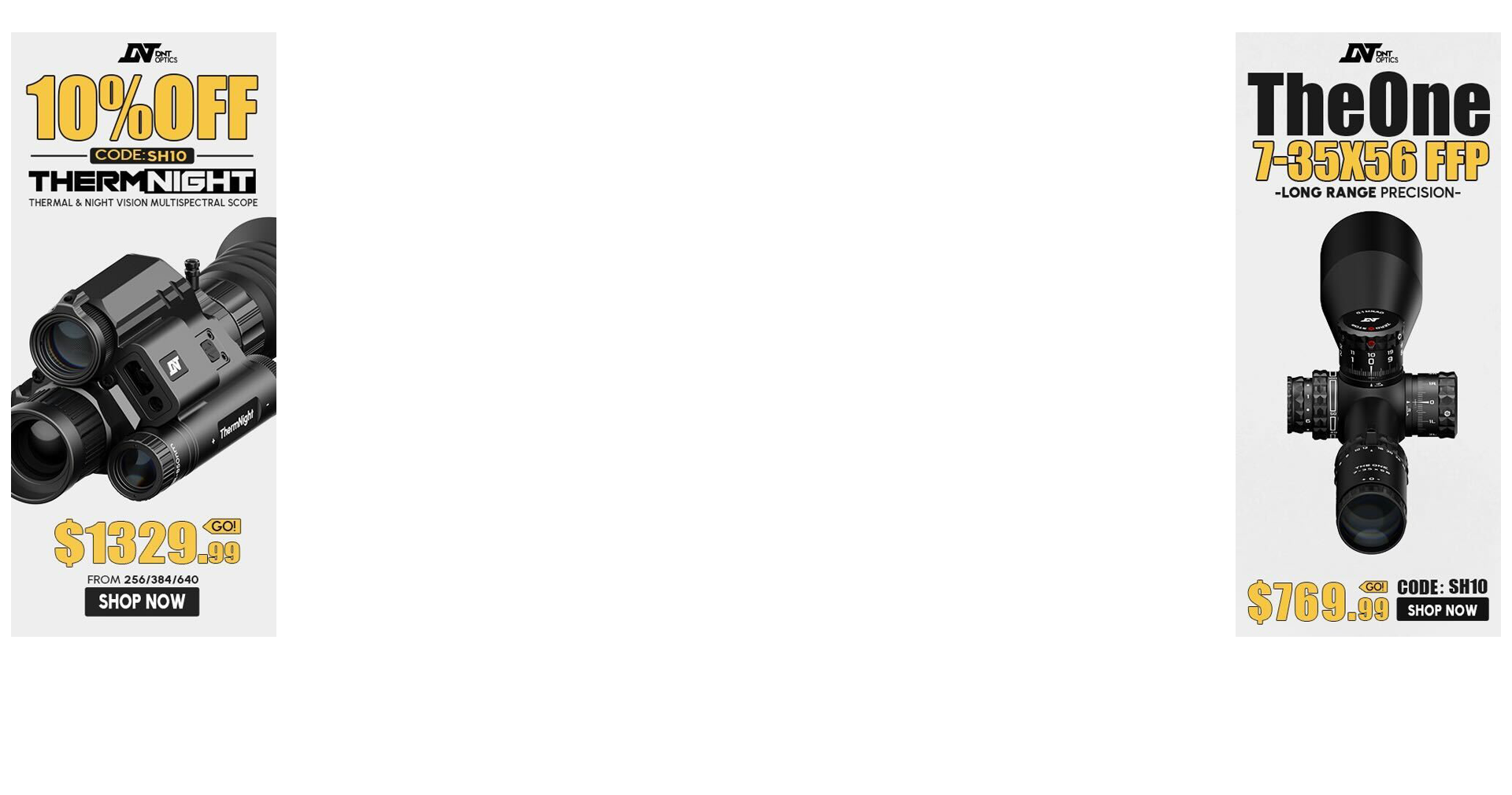New reloader looking to get a Redding bushing die so started by measuring some factory rounds to get an idea of the right bushing size. Thinking I would just follow the Redding guidance, I measured a factory loaded round (308 Win 168 gr A-MAX) and the number without deviation is .3335. So, that would put me at a .332 or .333 bushing. This seemed very small so I took a fired case and measured neck thickness. Granted, I used calipers as I do not have micrometer yet, but they are high quality and I came up with .014 - .015. Let's assume it's the low side as I'm using calipers. .014*2 + .308 = .336. WOW! This doesn't seem right... Also, there is the added factor of bumping down from .3445 to .3335 = .011 which means (according Redding) I will need to compensate by buying a larger than the OD I actually want... Any help on selecting a bushing for .002 neck tension and/or what am I doing wrong or not taking into account? Is my neck actually getting thicker on first fire?
One other note, this ammo is 168gr A-MAX and I plan to load 178gr A-MAX.
Recap:
Fired Neck Diameter (3 shell sample) = .3445
A-Max Factory Seated Neck Diameter (3 round sample) = .3335
Fired Case Neck Thickness (3 shell sample) = .014 - .015
Thanks in advance.
TB
One other note, this ammo is 168gr A-MAX and I plan to load 178gr A-MAX.
Recap:
Fired Neck Diameter (3 shell sample) = .3445
A-Max Factory Seated Neck Diameter (3 round sample) = .3335
Fired Case Neck Thickness (3 shell sample) = .014 - .015
Thanks in advance.
TB

